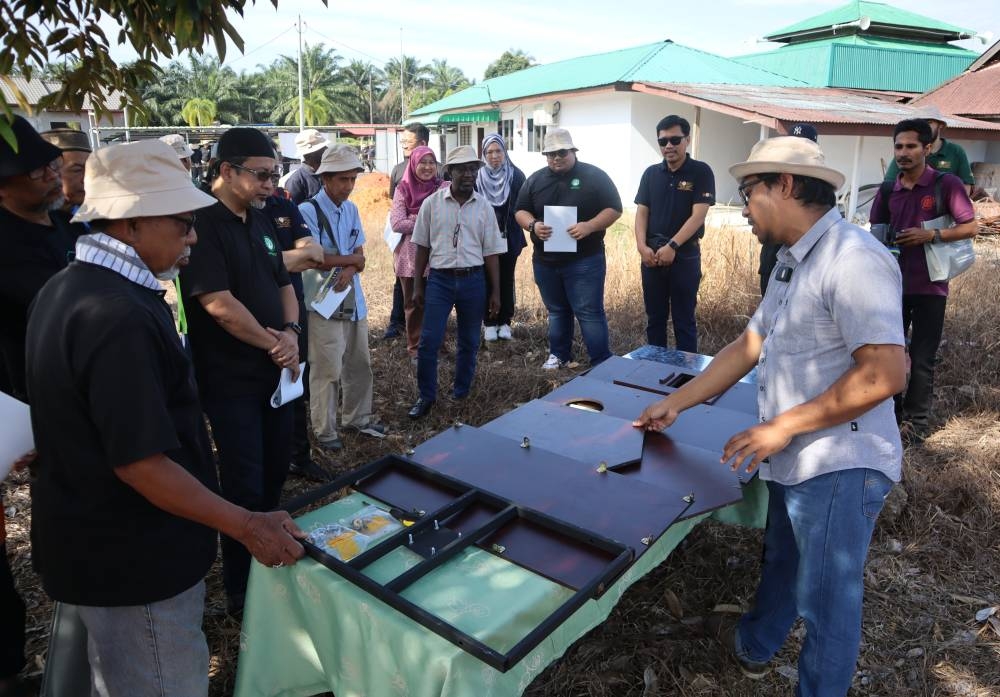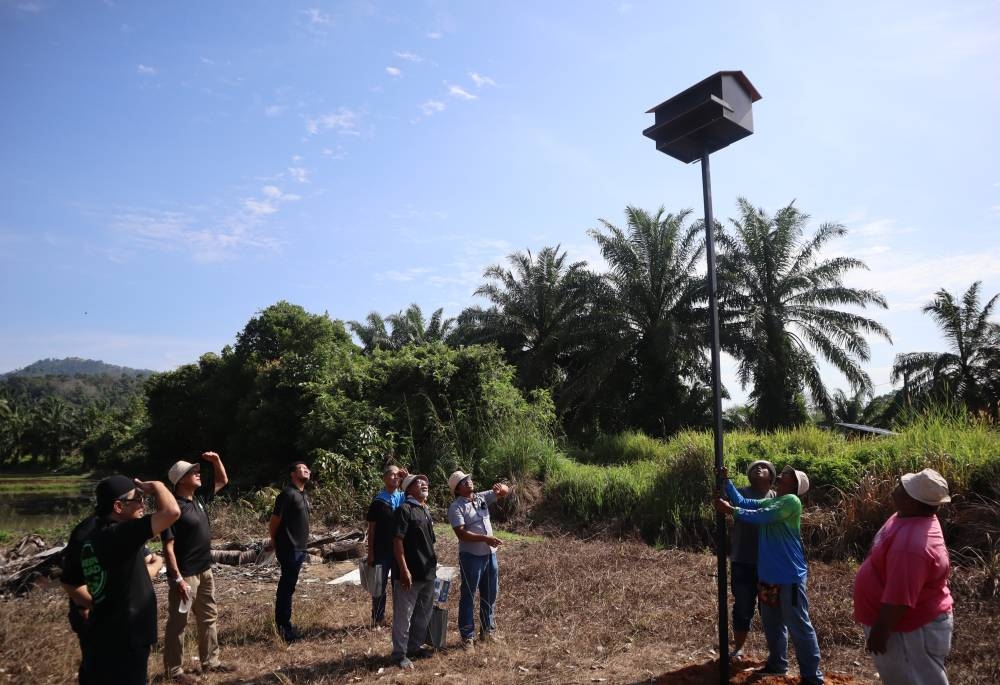Malaysia uses barn owl to control rats in oil palm plantations

BANDAR BAHARU - The use of barn owls in oil palm plantations can curb and reduce rat population to minimise the use of dangerous chemical poisons.
The existence of barn owls will certainly be a significant change for smallholders because they no longer need to rely on rat poison, which is often associated with harmful chemical effects on biodiversity in oil palm plantations and its food chain.
The barn owls, which can help increase productivity in the oil palm plantations, were sponsored by the Malaysian Palm Oil Green Recovery Foundation (MPOGCF) and Universiti Sains Malaysia (USM) Barn Owl and Rodent Research Group (BORG).
MPOGCF general manager Zamakhshari Muhamad said every participant of the Barn Owl for Oil Palm Smallholders Initiative (BOSI) will be given an artificial nest and installed in a oil palm plantation in Mukim Bagan Samak.
"A total of 20 artificial nests will be installed where the installation process include using GPS mapping techniques to ensure the artificial nest boxes are evenly distributed at a density of one box per five hectares.
"MPOGCF is confident that it can raise awareness to create local barn owl population as a long-term solution to curb pests in oil palm plantations and to improve the quality of plantation," he said.
Zamakhshari said this during the launch of BOSI at Al-Huda Mosque here on Tuesday. Also present was USM BORG advisor Dr. Abu Hassan Ahmad.
Conservation and sustainability
Zamakhshari said MPOGCF is always committed to support conservation and sustainability efforts especially when it involves the oil palm industry.
"We are confident that BOSI implementation can increase the smallholders' awareness about the effectiveness of using barn owls as a long-term solution to the pest issue," he said.
USM BORG chief researcher Dr Hasber Salim said that a pair of barn owl and their younglings can eat about 1,300 rats a year, where studies show that 99 per cent of the bird's diet comprised of rats.
"Barn owls had been long used in the industry but we want to help the smallholders right now.

"We are aware that chemical control is used more widely because it is easier to obtain and the method only involves scattering it on the soil but in th long run, there is risk of toxicity," he said.
In addition, one participant, Ibrahim Mat, 78, said that the natural method is expected to be able to improve quality and reduce the risk of crop damage due to chemical poisoning.
"If you want to install it then I agree as it has never been used before," he added.














